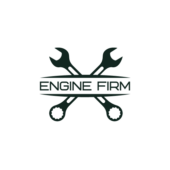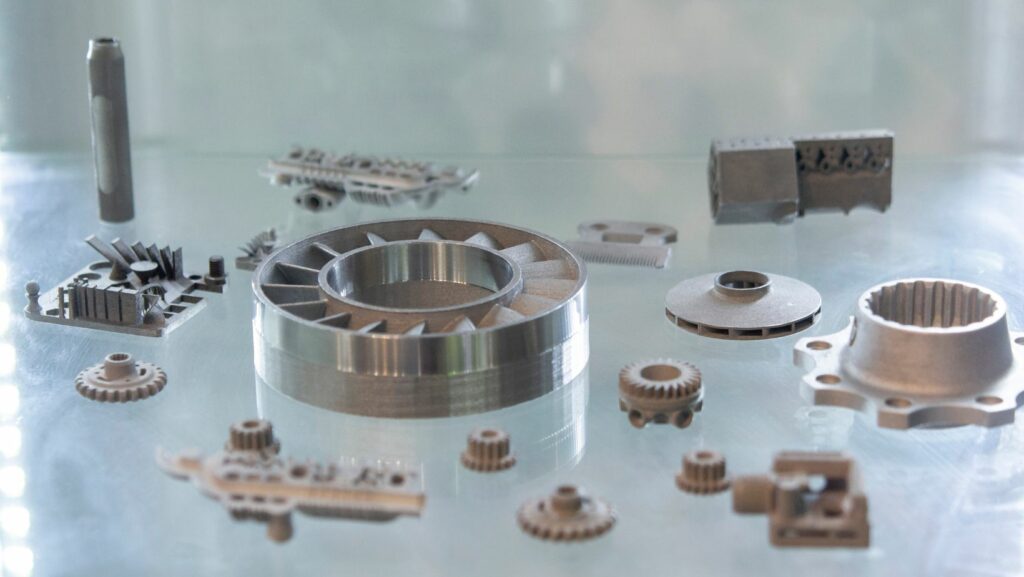No discussion on metal powder parts can be completed without emphasizing the importance of sintering, especially in the automobile industry. Whenever powder metallurgy (PM) is considered, everyone’s attention naturally pivots toward the quintessential sintering process, which helps produce impact-resistant vehicle parts. So, let’s dig into this.
-
Sintered Metal Parts
A sintered metal product is well-known for its strength and durability, achieved through precise manufacturing processes like metal power compaction and heating. Heating or sintering helps loose particles combine into a solid object without causing melting issues. These solid parts can be filters, bushings, and more. The auto industry looks explicitly up to these products because they use different materials, like iron, stainless steel, copper, titanium, and nickel. Iron parts come with high magnetic and mechanical strengths at a reasonable price. If you need corrosion resistance, stainless steel parts are reliable. Copper alloys provide thermal and electrical conductivity along with corrosion resistance. You can find oil-impregnated bearings made of copper.

Another factor that makes sintered metal items popular is their near-net dimension. Perfect shapes can be created without further processing, even with splines and teeth. Dimensional accuracy is an important aspect, too. Since many car companies are heading towards a greener future, they need more sintered parts because of their energy efficiency and high material utilization percentage. Do you want to experience the benefit of using sintered components? Check valve guides once. These are installed in engines to guide valve movement, reduce friction, dissipate heat, and seal the combustion chamber. Crankshaft caps are also good quality. These parts handle the pressure created by engine combustion in the engine block. ABS rings are another sought-after option. They empower the vehicle’s Anti-lock Braking System to prevent the risk of locking the wheel during braking.
To be precise, the auto sector’s increasing reliance on sintered metal products suggests a promising future for advanced and efficient powder metallurgy techniques today.
-
The Growth of PM Processes in the Auto Sector
As the auto industry is witnessing a seismic shift due to electrification and other priorities, reliable methods like powder metallurgy are becoming more critical.

Modern cars need better transmission and engine parts. Using sintering or heating, designers and engineers are constantly working towards improving their offerings. The combined power of metal powder and sintering allows experts to produce precise structural parts with stronger profiles. The entire PM process maintains its green commitment, improving material efficiency by almost 95% and energy savings by 15%.
Nevertheless, evolving technologies need good demand to continue to offer innovative solutions, and primary growth sectors like automobiles tremendously benefit from them. The way sintered products, and PM techniques attract attention indicates that automotive giants have a lot of expectations from them. If you also belong to this industry and need unique vehicle parts, it’s time to invest in PM processes and sintered items. Trusted suppliers can offer large batches of intricate designs at a fair price. You don’t have to worry if they are an ISO-certified company. These companies follow strict professionalism in every aspect of manufacturing.

